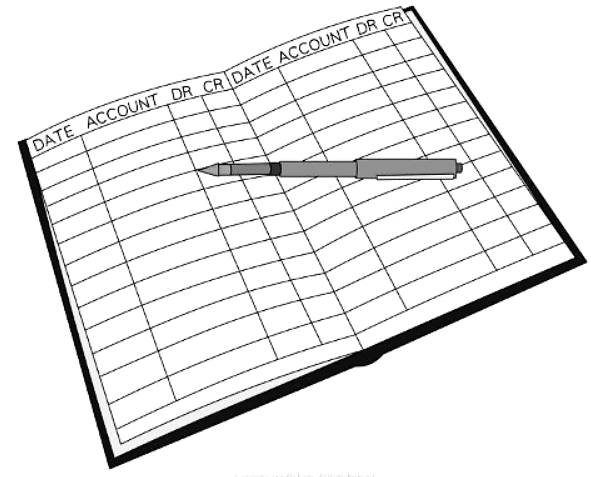Class 10 Exam > Class 10 Notes > Accounting for GCSE/IGCSE > Ledgers
Ledgers | Accounting for GCSE/IGCSE - Class 10 PDF Download
What is the ledger?
The ledger serves as a compilation of all the accounts associated with a business.
- It may take the form of a physical book, with each account occupying a separate page.
- Alternatively, it could be a digital spreadsheet file, where each account is allocated to its own sheet.

The ledger is categorized into three distinct sections:
- Sales ledger
- Purchases ledger
- Nominal (general) ledger
Sales, Purchases & Nominal Ledgers
Overview of the Sales Ledger
- The sales ledger encompasses the accounts of all credit customers, also referred to as trade receivables accounts.
- It specifically excludes the sales account, which is instead housed in the nominal ledger.
Overview of the Purchases Ledger
- The purchases ledger compiles accounts of credit suppliers, specifically trade payables.
- Accounts related to purchases do not directly enter the purchases ledger; instead, they are recorded in the nominal ledger.
Overview of the Nominal (General) Ledger
- The nominal ledger encompasses all business accounts except those of credit customers and suppliers, serving as the general ledger.
- Within the nominal ledger, you'll find records like the sales account and the purchases account.
Question for LedgersTry yourself: What does the purchases ledger compile?View Solution
The document Ledgers | Accounting for GCSE/IGCSE - Class 10 is a part of the Class 10 Course Accounting for GCSE/IGCSE.
All you need of Class 10 at this link: Class 10
|
21 videos|26 docs|12 tests
|
FAQs on Ledgers - Accounting for GCSE/IGCSE - Class 10
| 1. What is the purpose of a ledger in accounting? |  |
Ans. A ledger is used in accounting to record and track financial transactions for a specific account, such as sales, purchases, or nominal accounts. It helps in organizing and summarizing the financial information of a business.
| 2. How are sales, purchases, and nominal ledgers different from each other? |  |
Ans. The sales ledger records all credit sales transactions, the purchases ledger records all credit purchases transactions, and the nominal ledger records all other financial transactions such as expenses, income, assets, and liabilities.
| 3. Why is it important to separate the purchases ledger from other ledgers? |  |
Ans. Separating the purchases ledger allows for better organization and tracking of all credit purchases made by the business. It helps in monitoring outstanding payments to suppliers and managing cash flow effectively.
| 4. What information is typically included in a purchases ledger? |  |
Ans. A purchases ledger usually includes details of credit purchases made, such as the supplier's name, invoice number, date of purchase, amount owed, payment terms, and any discounts or rebates offered.
| 5. How can errors in the purchases ledger be identified and corrected? |  |
Ans. Errors in the purchases ledger can be identified by reconciling the ledger with supplier statements, reviewing invoices, and conducting regular audits. Once errors are identified, they can be corrected by adjusting entries and updating the ledger accordingly.
Related Searches




















